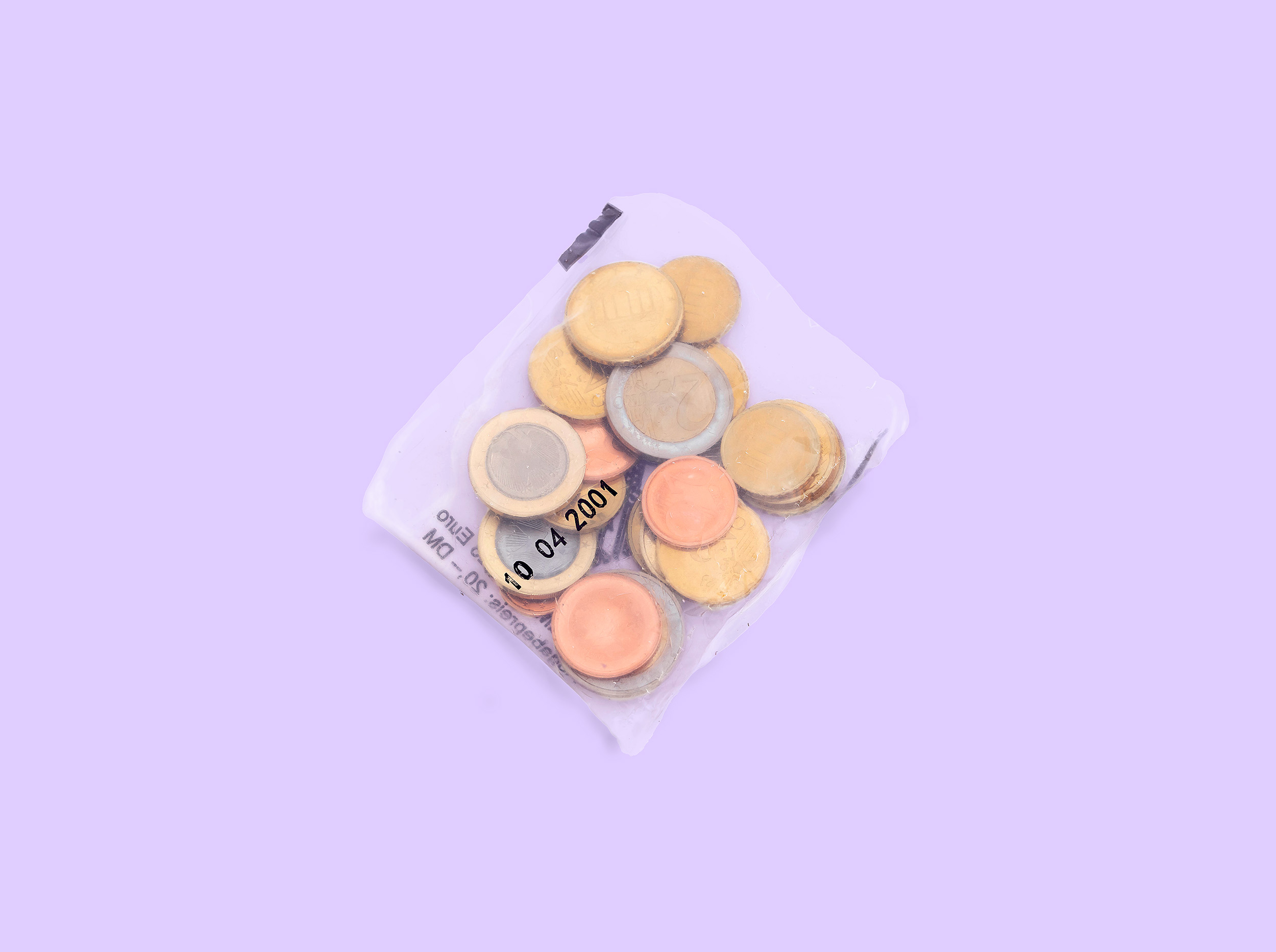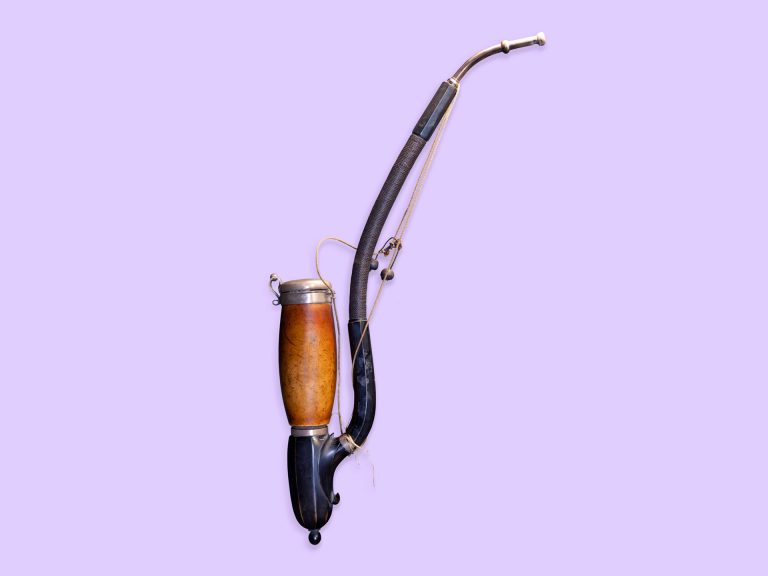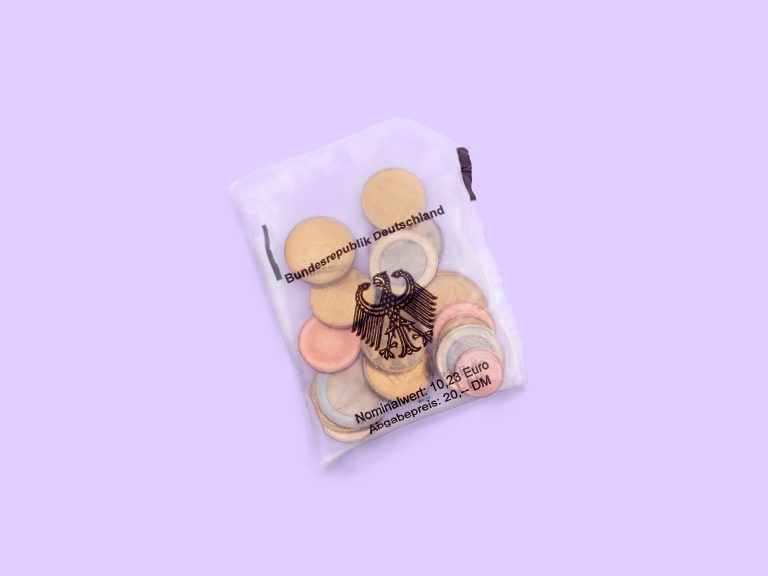The long road to the single European currency
Although Charlemagne had intended to issue a single currency to unite his vast multi-ethnic empire, the first steps towards pan-European economic unity were taken through the various European Communities established in the 1950s; the most significant of these included the European Coal and Steel Community and the European Economic Community.
The establishment of the European Union (EU) by the Treaty signed in the Belgian town of Maastricht in 1992 paved the way for a monetary union, but did not resolve the vexed question of what it was to be called. Many names were suggested and rejected. Whilst planners had long referred to the ECU (European Currency Unit), the German Chancellor Helmut Kohl felt that it sounded too much like the German word Kuh (cow) for Germans to take seriously. Objections to other possible names – Crown, Thaler, Franc, Guilder and Forint – meant that the last name under consideration was the Euro. It is not clear who came up with the name, but it was proposed by the German Finance Minister at the time, Theodor Waigel.
On 1 January 2002, twelve countries adopted the Euro as their currency; the monetary union now comprises twenty states. The twelve stars on the euro coins symbolize the group of founder nations. Whilst the obverse of the Euro coinage displays a map of the countries in the EU, the reverse features the national symbol of the issuing country. German two, three and five cent coins sport oak leaves; its ten, twenty and fifty cent pieces show the Brandenburg Gate. German one and two Euro coins bear the Federal Eagle.
The Euro starter kits: a taste of things to come
Many Germans found it difficult to say goodbye to the tried and tested Deutschmark. Seeking to reduce any apprehension surrounding the impending change, the governments of the 12 nations issued Euro starter kits – small quantities of coins sealed in plastic bags with a monetary value of between €3 and €14 – to introduce the public to their new currency. The German Euro starter kits were available from 17 December 2001.
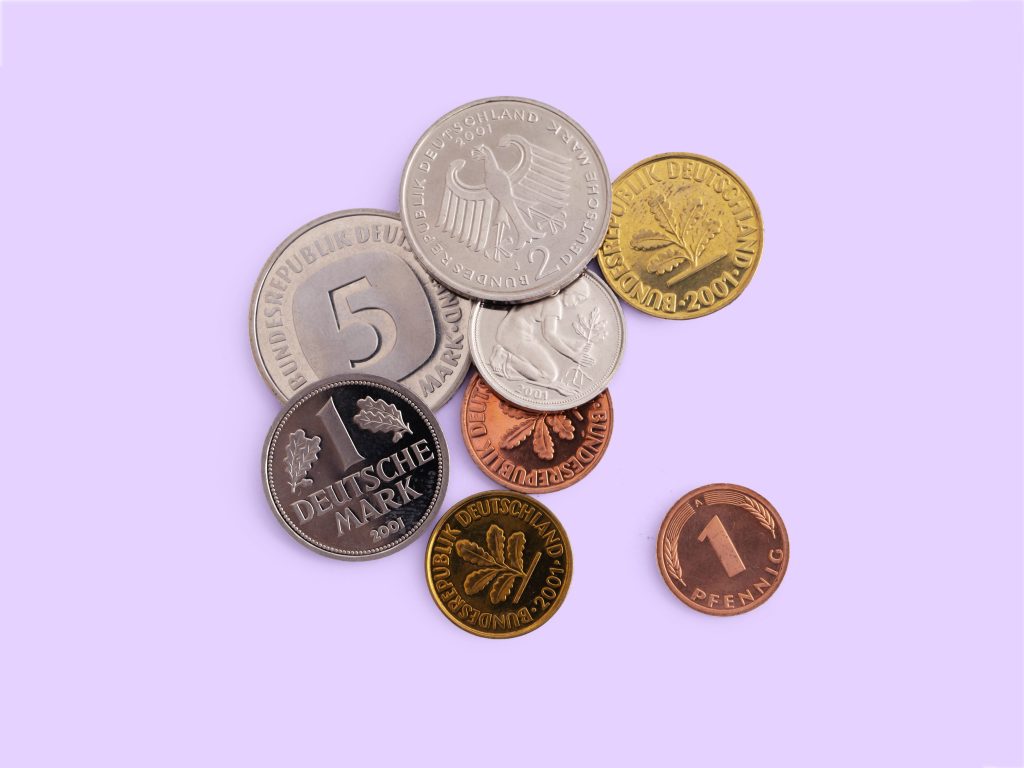
The Euro starter kit issued in Germany contained 20 coins with a total value of €10.23. 2 x €2; 3 x €1; 4 x 50 cents; 4 x 20 cents; 3 x 10 cents; 2 x 5 cents; 1 x 2 cents; and 1 x 1 cent. The starter kit on display in the Deutschlandmuseum contains coins issued by the Berlin State Mint, as evidenced by the letter “A” stamped on them. The other mints are located in Munich (D), Stuttgart (F), Karlsruhe (G) and Hamburg (J). The small plastic bag sports the federal eagle with a stylized plumage on the front, and bears the date 10.04.2001 on the reverse.
Having proved its stability in a period that has seen its own share of economic crisis, the Euro has gained acceptance amongst the German population. Younger Germans have no memory or experience of the Deutschmark, examples of which are also on display in the Deutschlandmuseum.
Property information
Designation
- Date 2001
- Gallery German reunification
- Category Everyday Culture
- Origin Germany
- Dimensions 4 x 9.5 x 0.2 cm (WxHxD)
- Material metal, plastic
Property information
Designation
- Datierung 2001
- Epochenraum German reunification
- Kategorie Everyday Culture
- Herkunft Germany
- Dimensionen 4 x 9.5 x 0.2 cm (WxHxD)
- Material metal, plastic
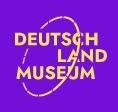
About the Deutschlandmuseum
An immersive and innovative experience museum about 2000 years of German history
Reading tips and links
Lifesaver? The German Steel Helmet in the First World War
German Tank Museum Munster
Lifesaver? The German Steel Helmet in the First World War
German Tank Museum Munster
Share article
Other objects in this collection
Discover history

Visit the unique Deutschlandmuseum and experience immersive history
2000 Jahre
12 Epochen
1 Stunde

